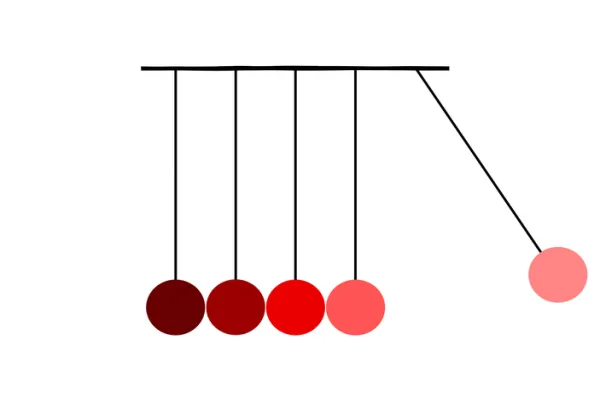Plan sponsors of 401(k) and other defined contribution retirement plans have come under increased regulatory scrutiny to act as a fiduciary on behalf of their plan and participants. Yet few sponsors have the expertise to navigate the landscape of 401(k) plan options — or are able to dedicate adequate time and resources to fully understand it. Opaque fee structures thus lurk among the complexities of 401(k) plans, meaning that sponsors might be leaving money on the table. Awareness of the inherent costs can help streamline management of defined contribution plans while keeping within regulatory guidelines.
Let’s start with an initial breakdown of fees. Plan sponsors need to outsource and pay for five different cost components of a 401(k) plan:
• recordkeeping
• third-party administrators (TPAs)
• custodial
• advisory
• the investment lineup expense ratio (the annual cost of owning mutual funds or other investment options).
After taking these points into consideration, plan sponsors then need to decide whether a bundled or unbundled plan works best for them. In a bundled package, one provider performs all or most of the components on behalf of a plan. The benefit of such an arrangement is that plan sponsors only have to deal with one intermediary. The drawback is that plan sponsors cannot handpick providers based on skill and price. In an unbundled plan, as the name may suggest, those five functions are handled by different entities. Such a setup allows service providers flexibility and the chance to work alongside those with preexisting relationships and gives the plan sponsor increased flexibility. The downside, of course, is that plan sponsors have multiple points of contact to manage.
Once a plan sponsor decides on the preferred option, it should ask competing plan providers to submit a bid that documents estimated costs in terms of both dollars and basis points as a percent of plan assets on initial and expected ongoing costs. The most common pitfalls we have seen relate to accounting for overall plan costs, excessive average mutual fund net expense ratios, costly and opaque revenue-sharing arrangements and a lack of thorough understanding of the role of a fiduciary. Many of the pending lawsuits against plan sponsors have focused on transparency and plan costs — those charged by plan providers — as well as the cost of certain mutual funds or even particular share classes of mutual funds that make up the investment lineup.
The overall transparency in plan costs is directly related to average mutual fund net expense ratios and revenue-sharing arrangements. The Department of Labor has pushed to increase cost transparency with ERISA’s Section 408(b)(2) fee disclosure requirement. Despite the government’s well-intentioned efforts, however, it remains difficult to track overall costs.
The most common revenue-sharing agreements are 12b-1 fees. A 12b-1 fee is essentially a fund rebate: If Fund A has an expense ratio of 1.25 percent and a 12b-1 fee of 0.25 percent, then the net cost of that fund to the plan would be 1 percent, assuming the 12b-1 fee is fully credited back to the plan to offset other cost components. So what are the implications of the 12b-1 to the sponsor, and how does this lead to greater opacity and confusion in fees? We have seen some investment advisers credit the aggregate effect of 12b-1 fees against fixed-cost components such as recordkeeping, custody and TPA costs to show a lower total fixed cost for the plan. As a consequence, a significant cost component of the plan gets omitted entirely.
As with most investments, risk can never be eliminated, but it can be mitigated. A careful evaluation process should result in lower and more transparent plan costs. When combined with participant education and monitoring of investments in the portfolio, the resulting plan should improve the likelihood of participants’ meeting their long-term investment goals while at the same time allowing plan sponsors to fulfill their duties in the Department of Labor’s eyes.
Cyrus Amini and Jonathan Rugg are vice presidents at Charlesworth & Rugg , a registered investment adviser based in Los Angeles.
Get more on pensions and on registered investment advisers .






